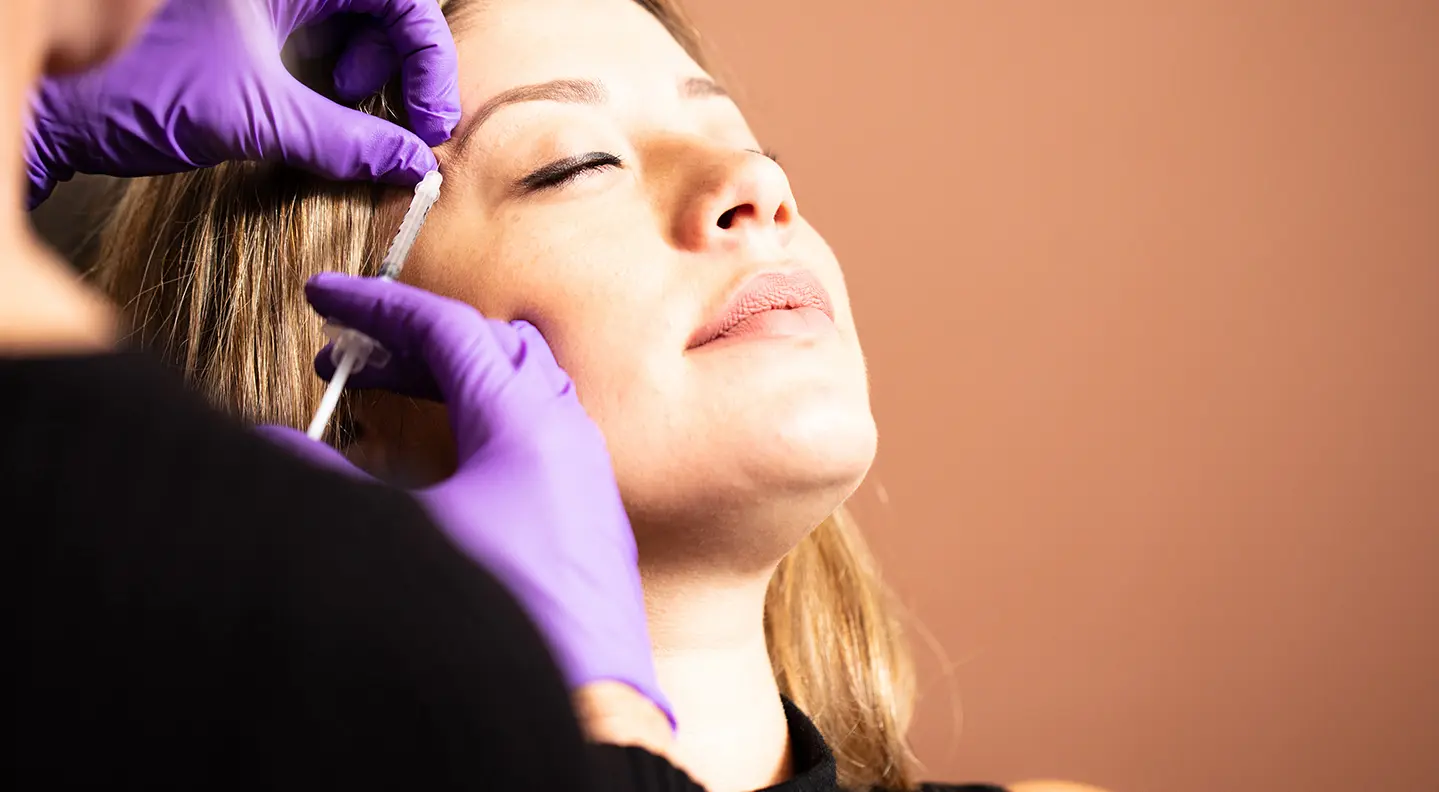What’s the difference between upper and lower eyelid surgery?
Upper eyelid surgery is a technique for correcting the deflated look caused by lost volume beneath the eyebrow and in the upper eyelid by addressing the excess skin. Rather than aggressively removing all baggy skin, which can contribute to a bony appearance, Dr. Savalia’s technique involves a conservative trim of eyelid skin to enhance the natural volume in the upper eyelids. He frequently supplements with fat transfer to restore lost volume, and occasionally corrects sagging of the outer brow with a customized brow lift. Lower eyelid surgery is used to treat puffy bags under the eyes that can result from a loss of volume in the midface. In this procedure, Dr. Savalia removes small amounts of excess fat pads and gently lifts the sagging muscle surrounding the eye to increase lower eyelid support and minimize the appearance of puffy bags.
Can I have lower and upper eyelid surgery at the same time?
Yes. In our practice, Dr. Savalia sees many patients who experience unwanted signs of aging in both their upper and lower eyelids. Combining procedures can be an appropriate option for a more comprehensive treatment.
What other procedures can be performed at the same time?
To treat a wider range of age symptoms, blepharoplasty can be combined with nonsurgical facial rejuvenation, such as BOTOX® Cosmetic to improve crow’s feet or other nonsurgical med spa treatments, or facial cosmetic surgery, including a facelift.
Will the scars be noticeable?
Dr. Savalia takes special care to make the incisions as discreet as possible when performing eyelid surgery. During upper eyelid surgery, incisions are made within the upper eyelid folds to keep them well hidden. During lower eyelid surgery, he makes the incision in the eyelash line so that when it fully heals, it is concealed by the lashes.
When will I see results?
Immediately following surgery, you can expect some degree of swelling and bruising, along with some amount of discomfort at the incision sites. However, this usually subsides within the first few days or a week after surgery. Over the next several weeks, you should see your final results. You will receive continual support from Dr. Savalia and his team to ensure you have an optimal experience as you move through to a full recovery.












